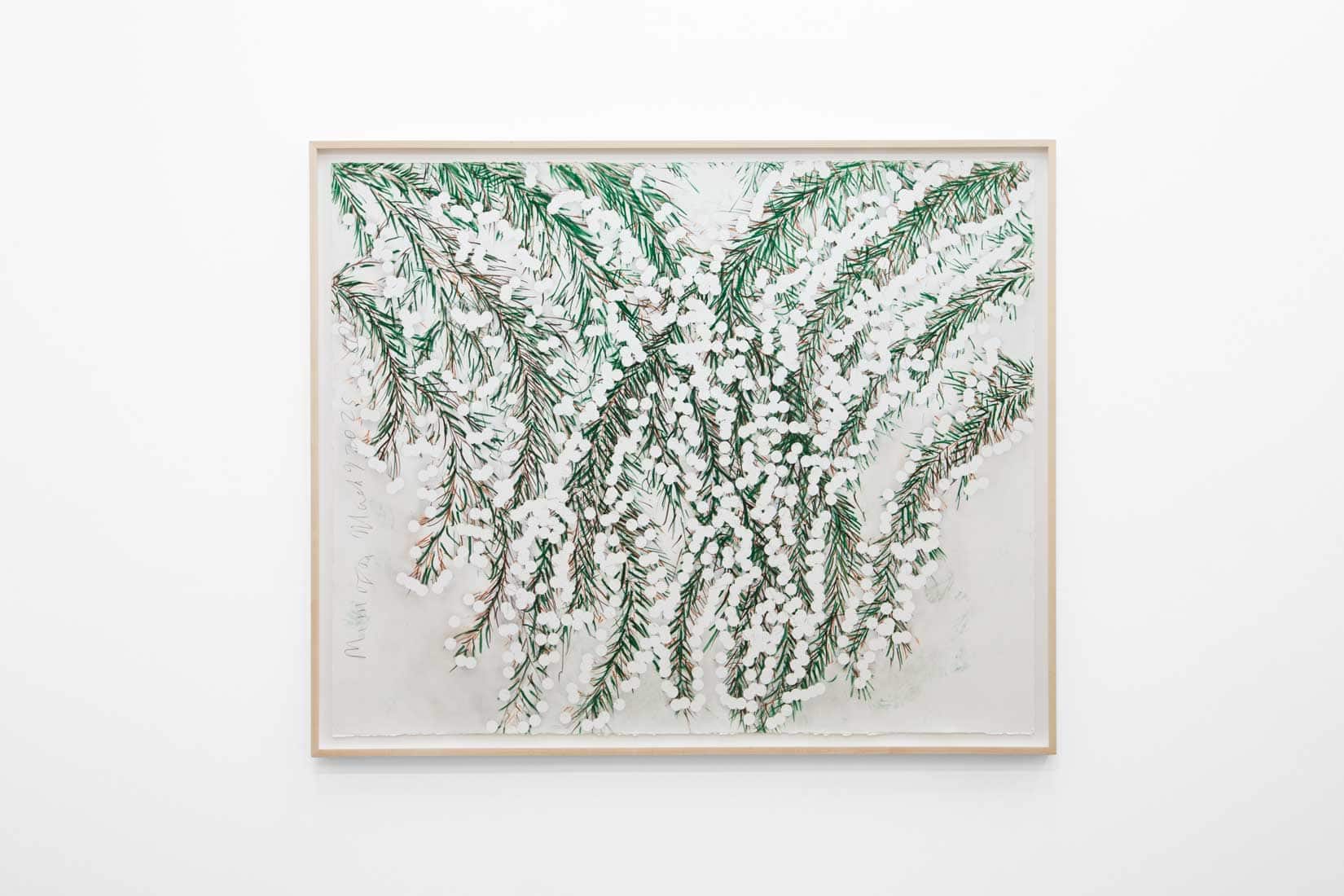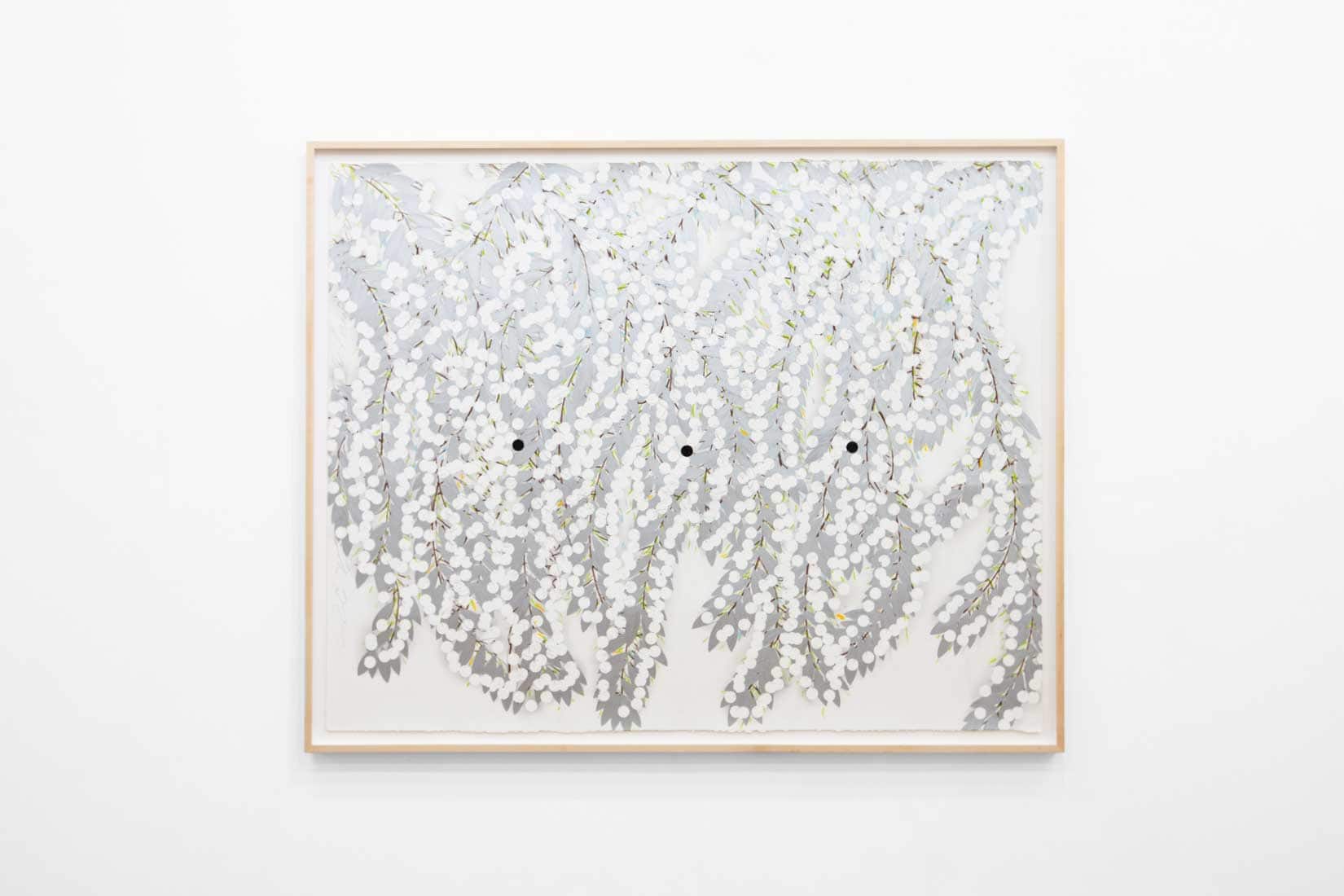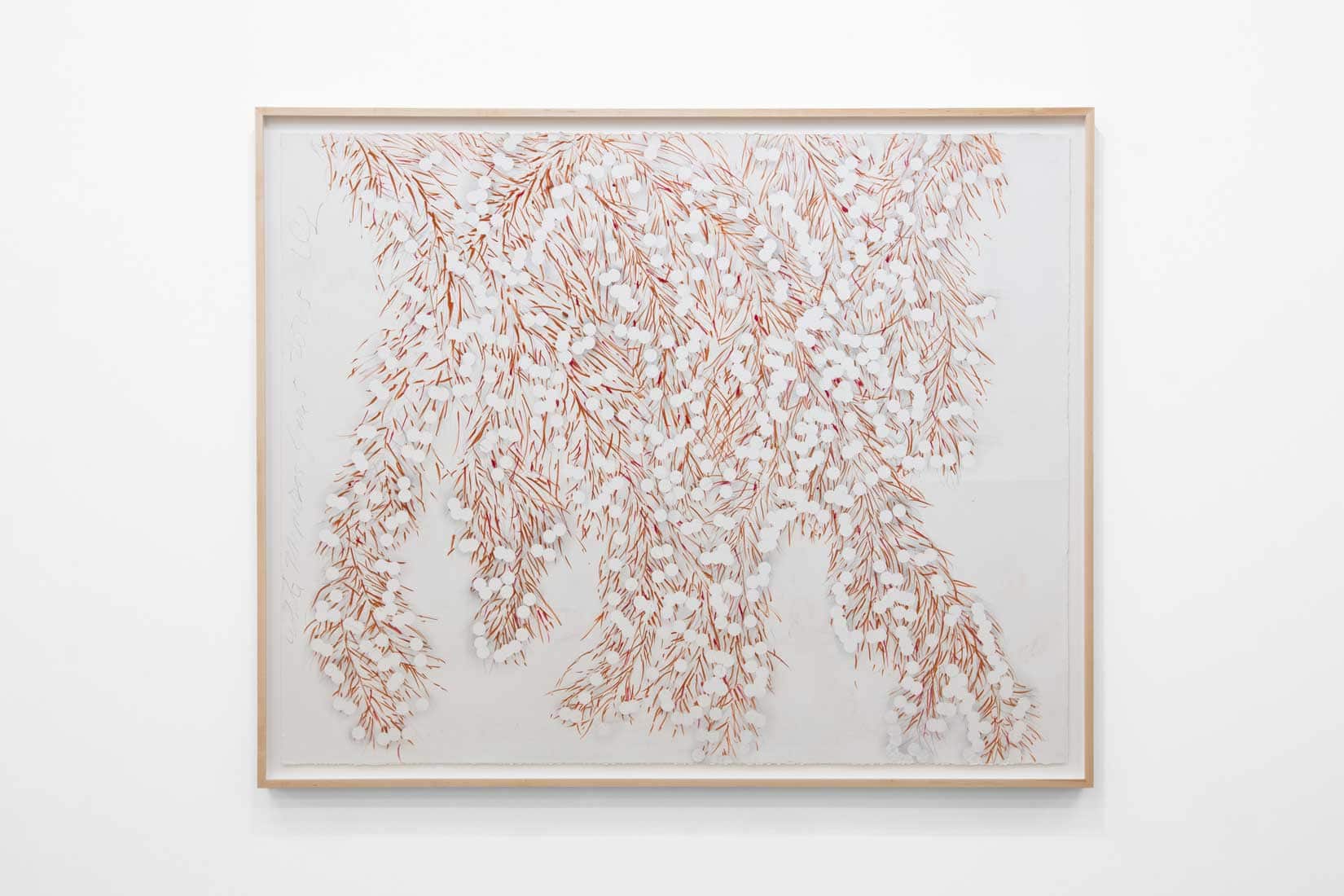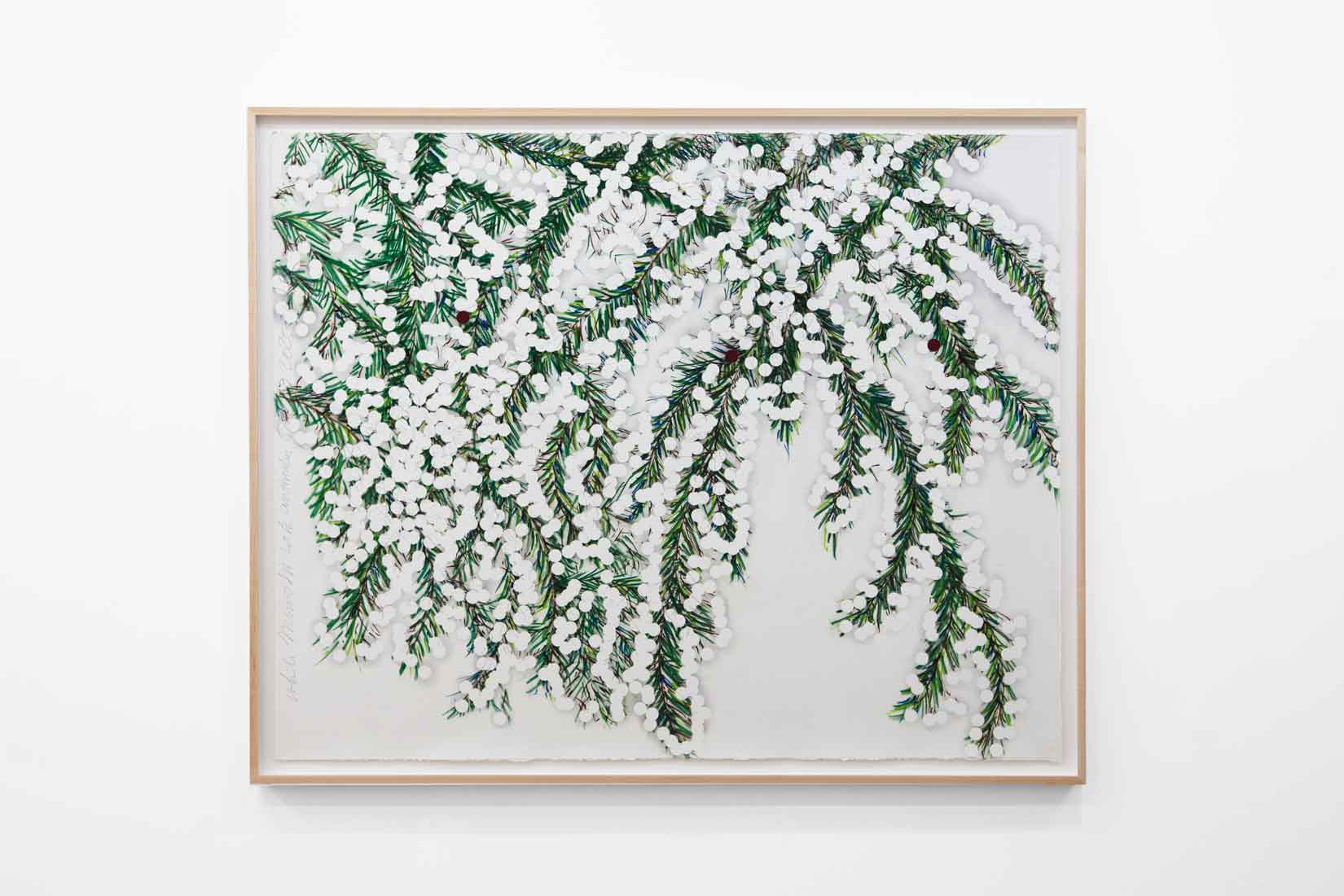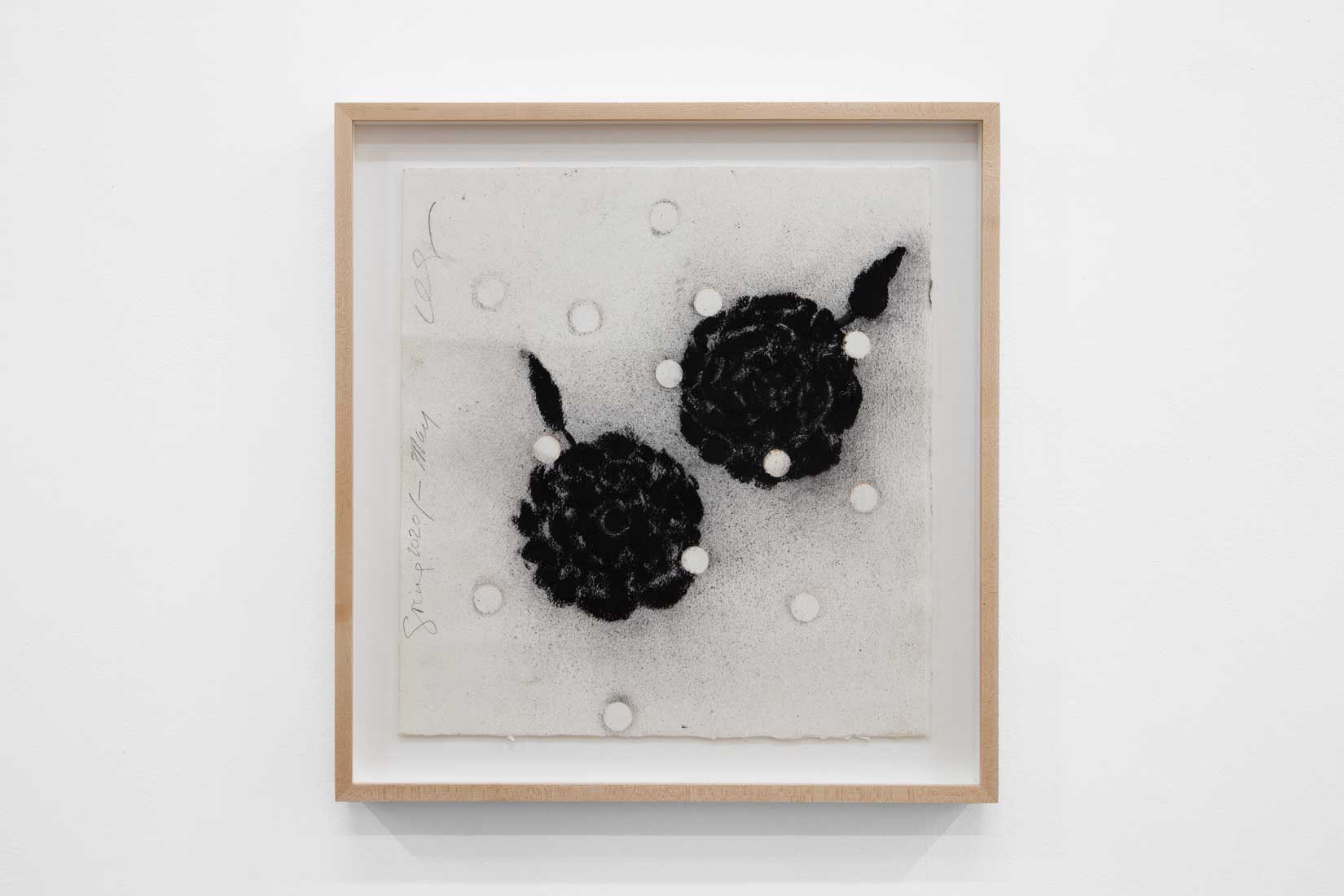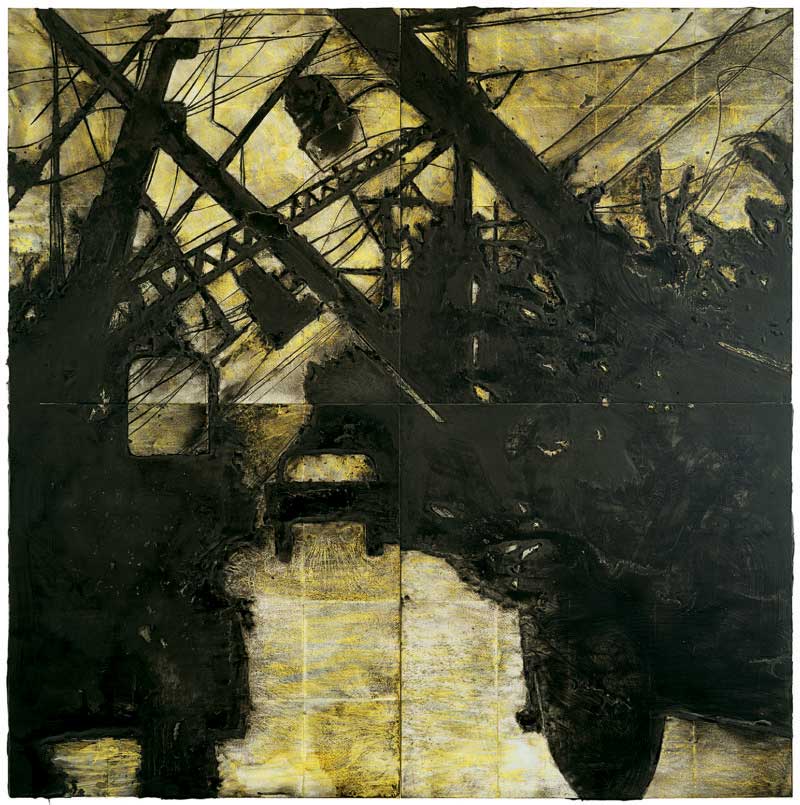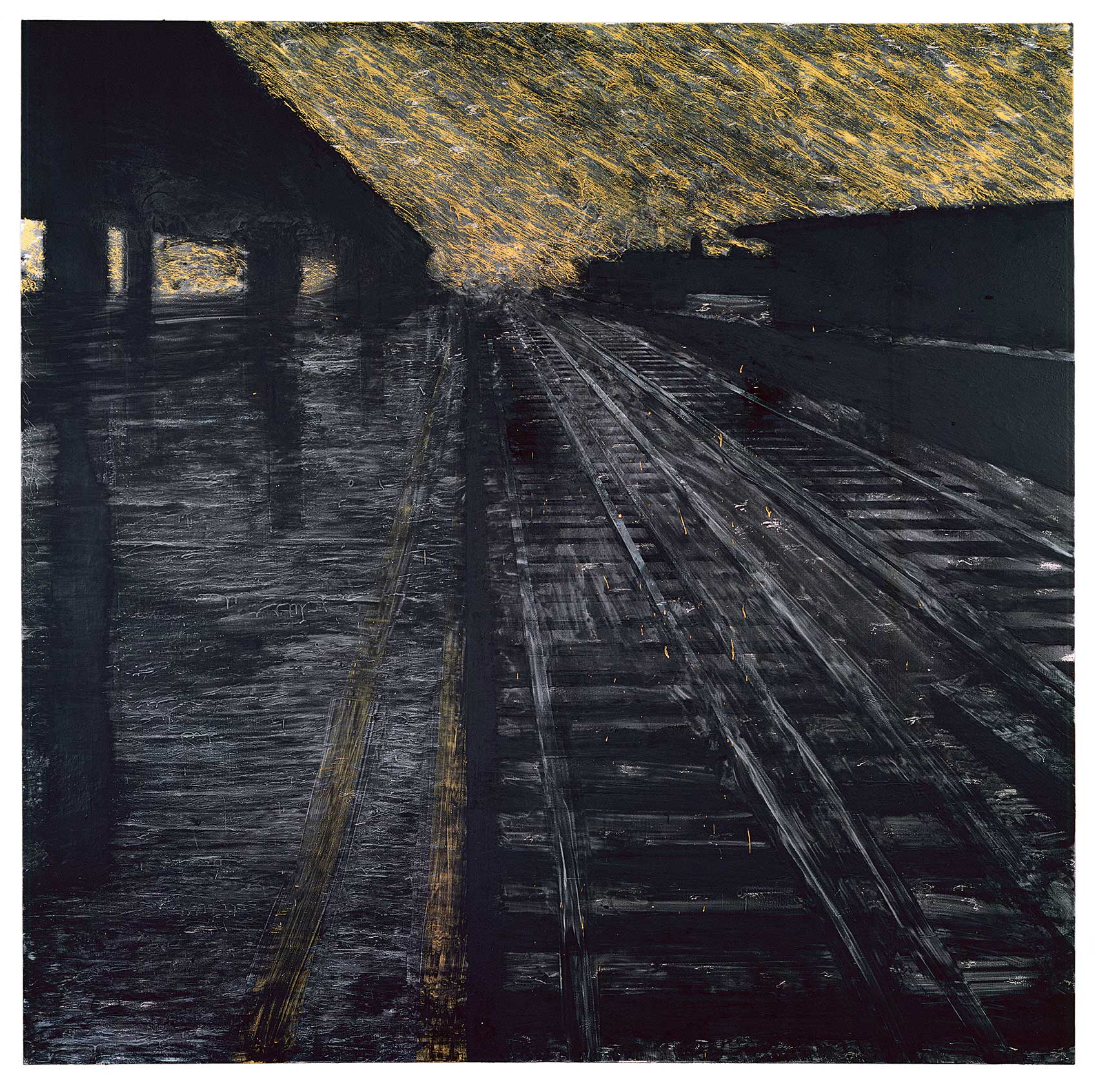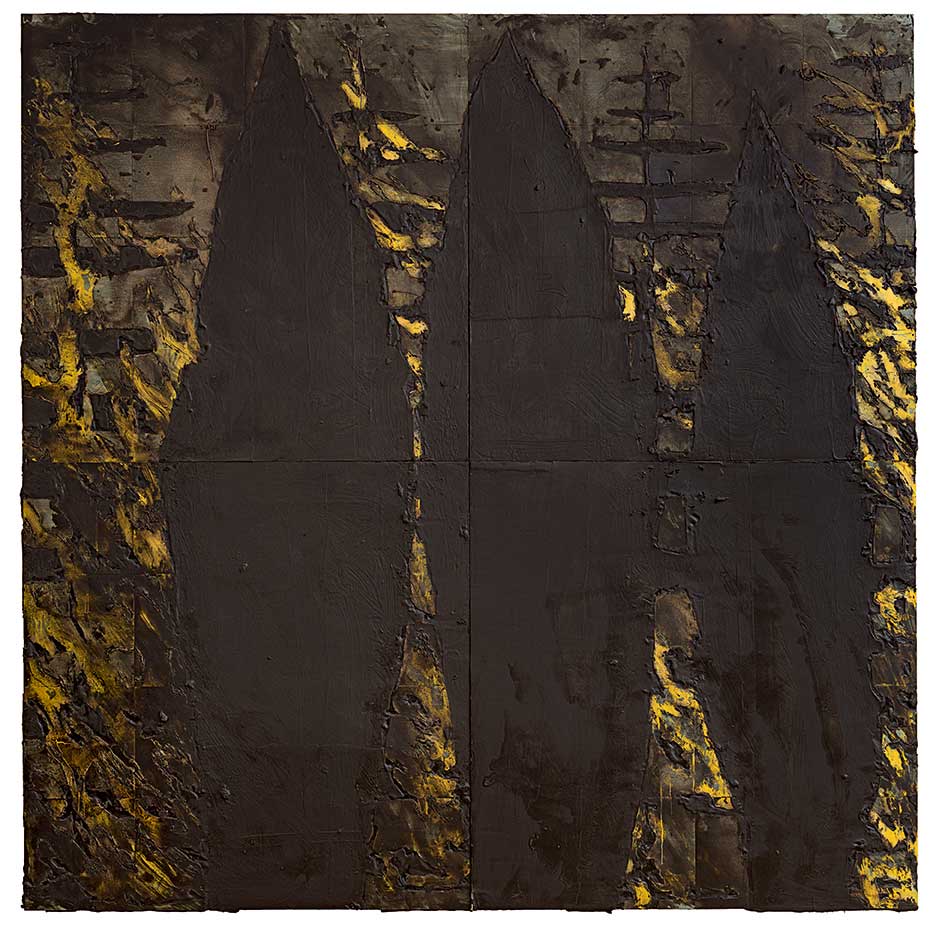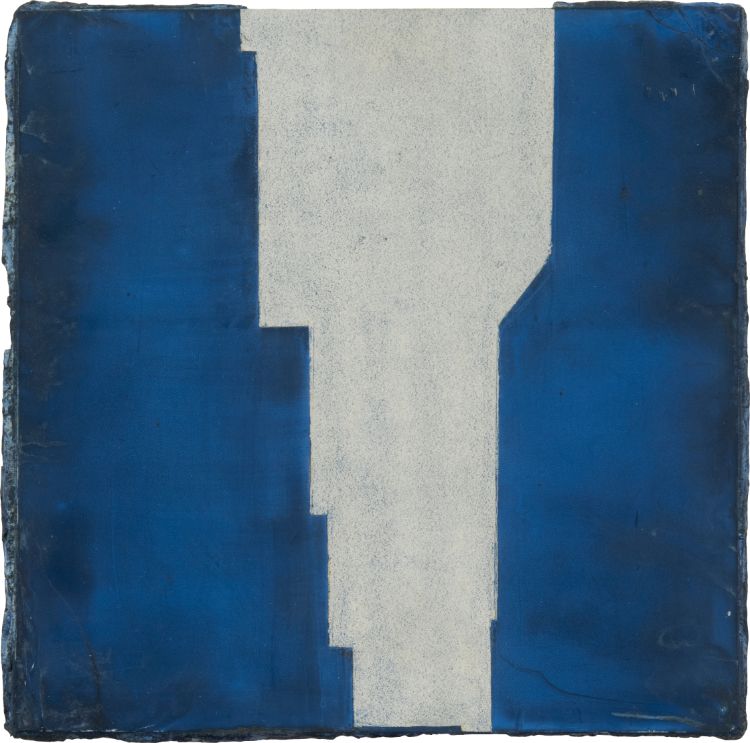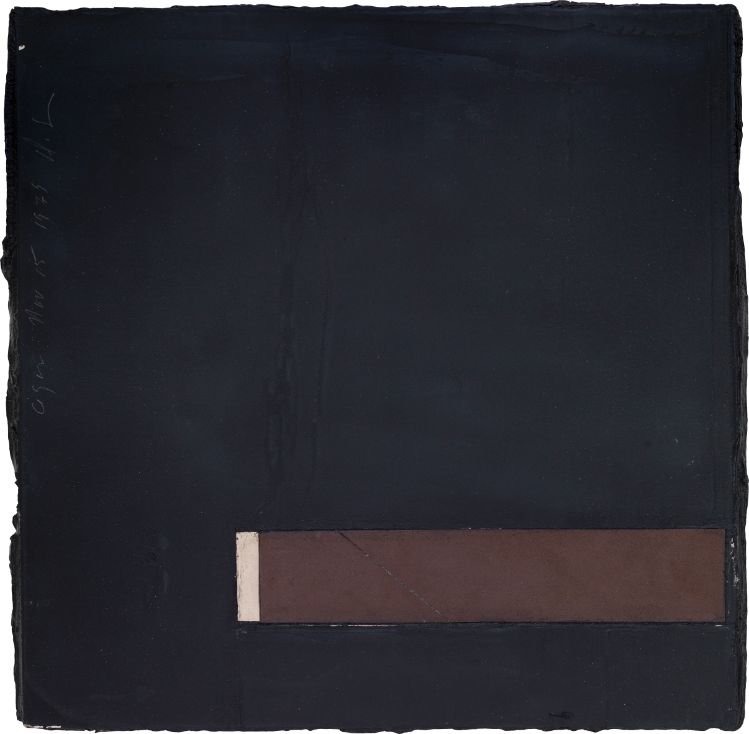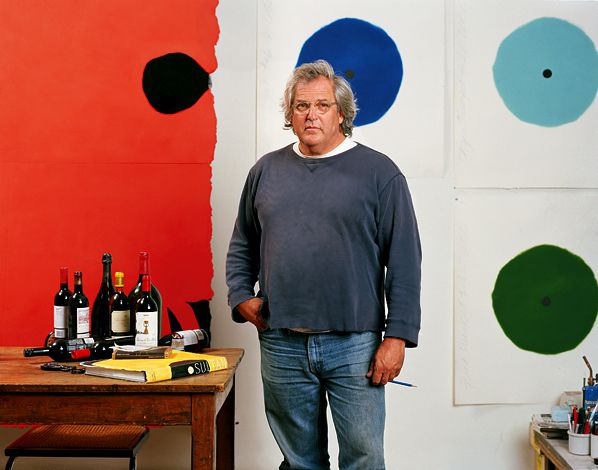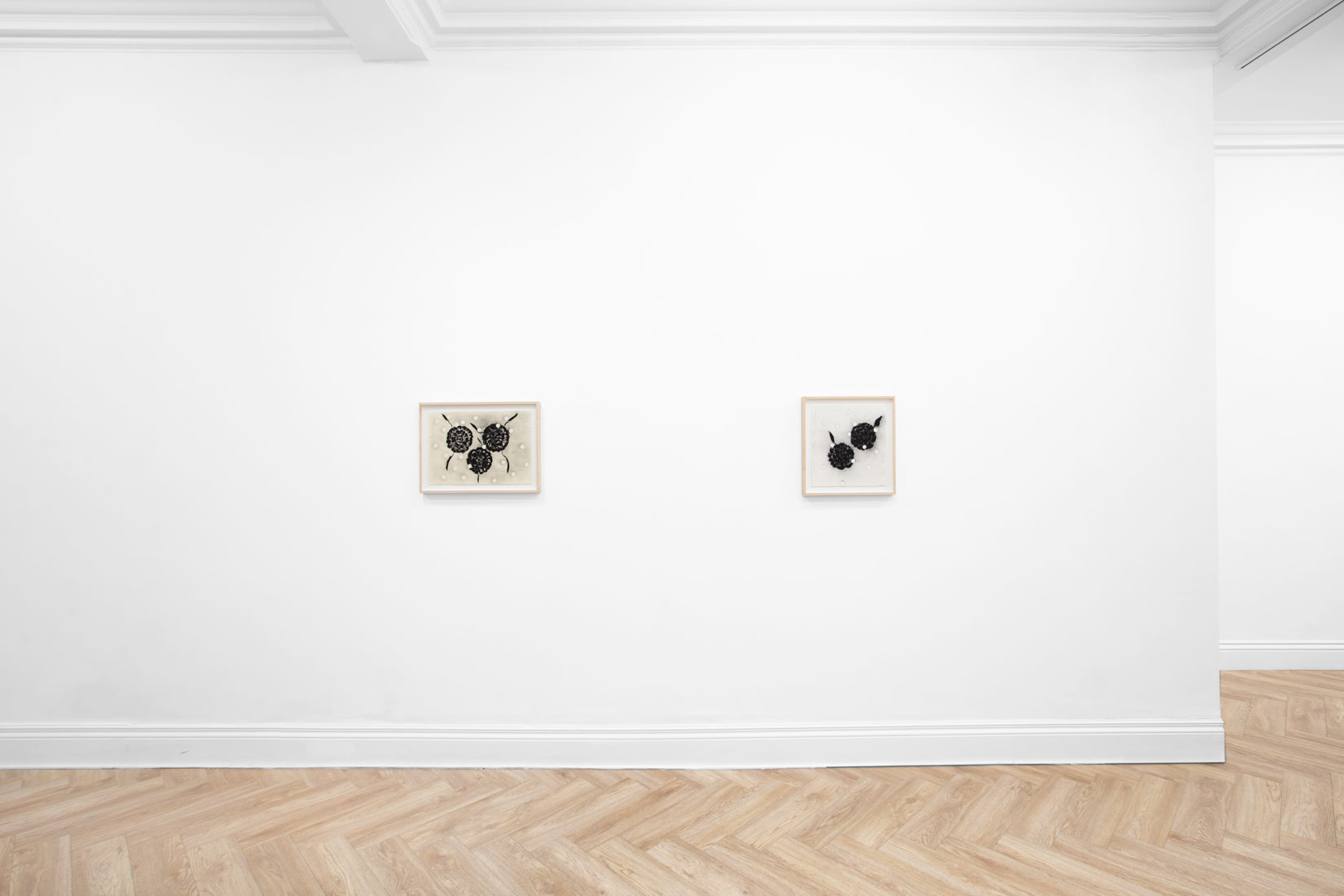
Donald Sultan
B. United States, 1951
Highlights
3
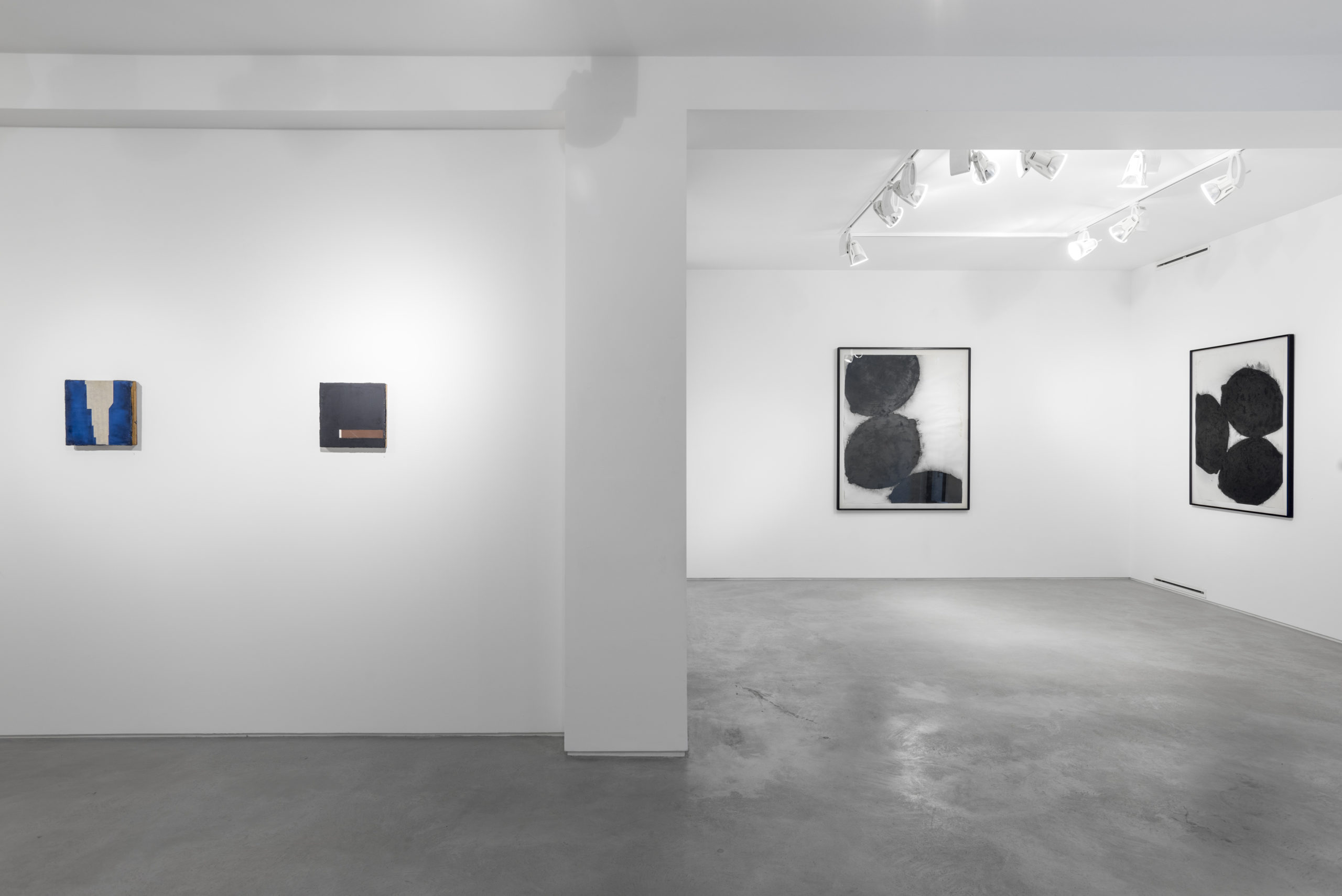
Donald Sultan: Dark Objects. A 2019 exhibition at HUXLEY-PARLOUR

Donald Sultan. [L]: LEMON, 19 JANUARY 1989 [R]: DOMINO, 10 NOVEMBER 1990
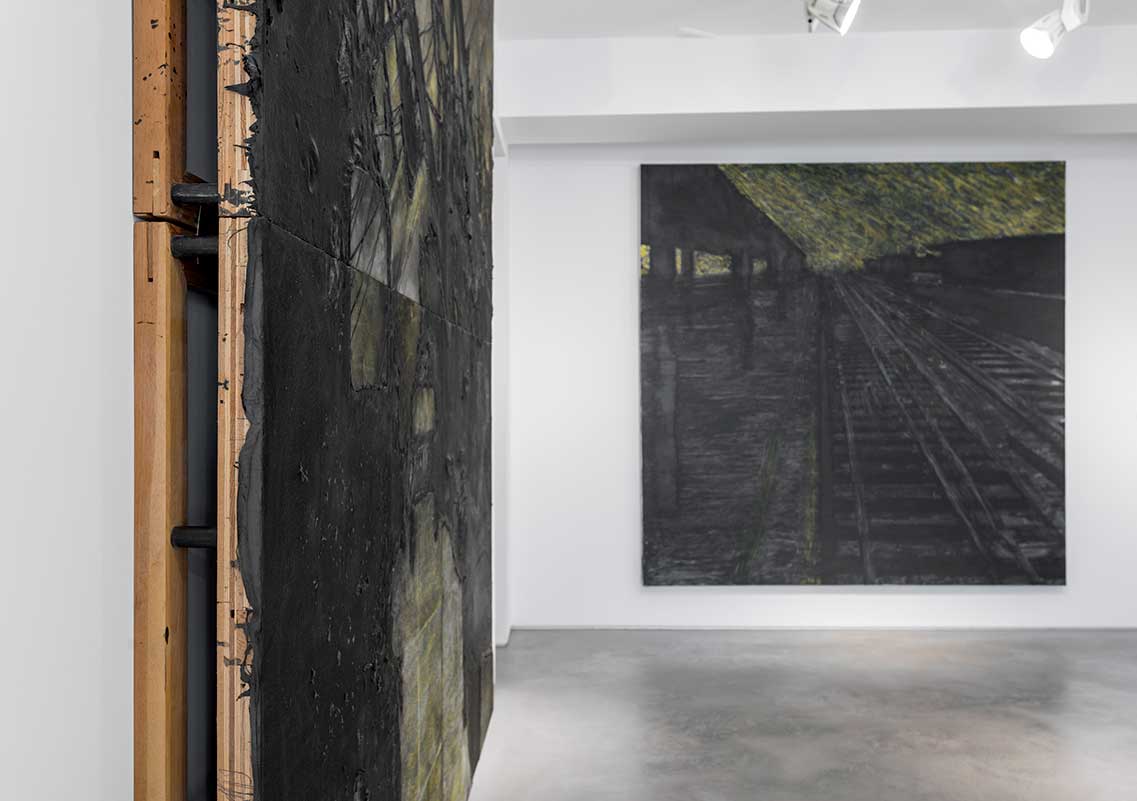
Donald Sultan. Detail of Disaster Paintings
The Works
12
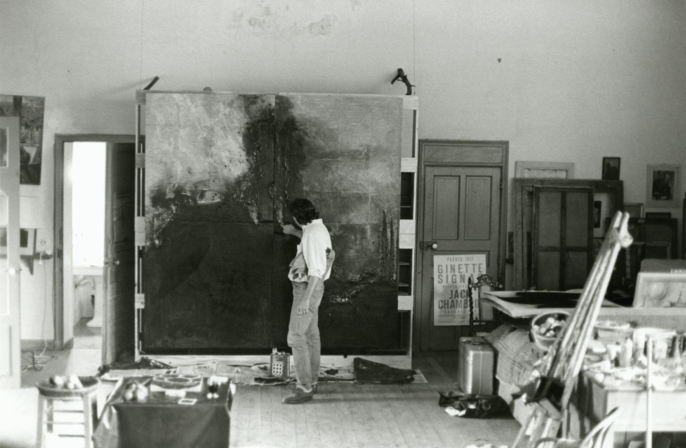
B. United States 1951
Biography
Known for his experimental use of materials, Donald Sultan’s painterly practice presents an interest in surface and materiality, derelict areas of infrastructure, and graphic forms. Interested and influenced by art history and the work of his contemporaries, Sultan cites Josef Beuys and Alberto Burri, as well as Arte Povera’s use of everyday materials and the industrial Minimalist grids found in the work of Carl Andre as influential to his work. Inspired by disastrous industrial or urban events, Sultan’s series Disaster Paintings (1983), manages to be a specific rendering of individual trauma as well as a generalised representation of disquiet and dread.
Sultan’s use of unconventional materials includes coins, bottle tops, linoleum floor tiles, tar, oil, latex, and spackle (a compound used to fill cracks in plaster). Each of his series, with its disparate imagery and subject matter, can be distinguished by two defining characteristics – the stark reduction of form and the liberal and free use of the colour black.
Sultan was born in 1951 in Asheville, North Carolina. He studied in the Fine Arts department at the University of North Carolina at Chapel Hill, furthering his education at the School of the Art Institute of Chicago. The 1980s and 1990s saw him exhibiting internationally and his works touring the US in multi-venue exhibitions. Sultan’s works are now held in the permanent collections of over 50 major international museums including the Museum of Modern Art, New York, Solomon R. Guggenheim Museum, New York, the Metropolitan Museum, New York, the Los Angeles County Museum of Art, the National Museum of Modern Art, Tokyo, the Reina Sofia in Madrid, the Centre Georges Pompidou, Paris, and Tate Modern, London.
He lives and works in New York City.
Discover
7
-
![Fifteen Oranges, 17 September 1992 Donald Sultan]()
(Oct 14, 2020)Donald Sultan’s Still Lifes:Hypnotic Picture Planes
In: In Context
-
![Donald Sultan Portrait]()
(Jul 07, 2020)Lives of Artists:With Donald Sultan
In: In Conversation
-
![Donald-Sultan-hero]()
(Jun 08, 2020)Flowers Made of Soot:Donald Sultan’s Response to 2020
In: In Focus
-
![lines-down-11-november-1985-by-donald-sultan-BHC3664-800x805]()
(May 28, 2020)Restless Energy:Ian Dunlop on Donald Sultan
In: In Depth
-
![donald sultan studio]()
(Aug 14, 2019)Donald Sultan’s Disaster Paintings:Disaster, Disquiet and Distance
In: In Depth
-
(Jun 27, 2019)Donald Sultan:Introducing Dark Objects: Works 1977-2019
In: Film
By continuing to use this site you consent with our cookie policy. You can read more here.
Enquire
Thank you for your enquiry. We will be in touch shortly.
